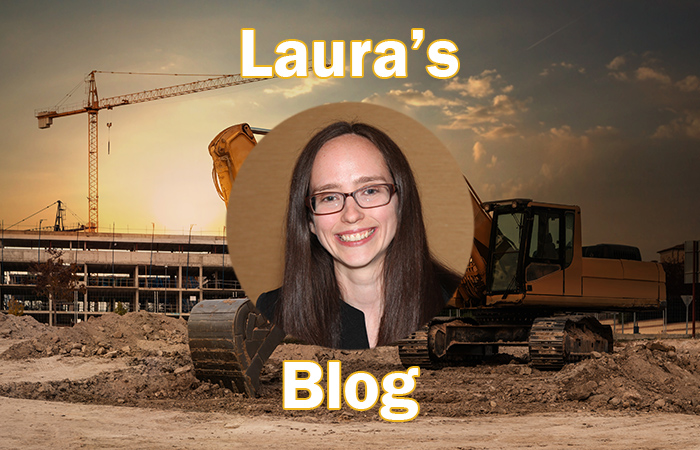Wildfires: Rebuild with Resilience
The California wildfires have me thinking about how we build amid increasing natural disasters like wildfires, tornados, and hurricanes, just to name a few. Have we not learned anything since the supposed cow kicked over the lantern in Chicago in 1871, devasting the city and killing roughly 300 people? The Pacific Palisades wildfire in Los [...] The post Wildfires: Rebuild with Resilience first appeared on Connected World.

The California wildfires have me thinking about how we build amid increasing natural disasters like wildfires, tornados, and hurricanes, just to name a few. Have we not learned anything since the supposed cow kicked over the lantern in Chicago in 1871, devasting the city and killing roughly 300 people?
The Pacific Palisades wildfire in Los Angeles started on January 7, 2025, and raged on for days, killing dozens and causing devasting destruction in its path. Of course, this is only one example of recent wildfires. We saw flames in Gatlinburg, Tenn., in 2016, Superior and Louisville, Colo., in 2021, and Lahaina, Hawaii, in 2023.
Of course, the Canada wildfires in 2023 had the most area burned in recent history, beginning in March 2023 and seeing increased intensity in June. Here in Chicago, we saw the smog and were given warnings to stay indoors, so as not to breathe in contaminated air. These fires reached all 13 provinces and territories. As of mid-October, the total area burnt was more than 2.5 times the previous record. Eight firefighters were killed.
Forest fires are only increasing in intensity. Some data from the Center for Climate and Energy Solutions suggest forest fires have doubled between 1984 and 2015 in the western United States.
In other research, data from researchers at the University of Maryland calculated the area burned by forest fires increased by about 5.4% per year from 2001 and 2023. Put another way, the World Resources Institute says this is nearly 6 million more hectares of tree cover loss per year than in 2021, which is an area roughly the size of Croatia.
How can we prevent these fires from happening or slow them down once they start? Smokey Bear would suggest only we can prevent forest fires. Let’s take a look at four ways we can take action today.
Sustainability
In general, greater sustainability will lead to a greener and more sustainable world, as Peggy Smedley wrote in her book Sustainable in a Circular World.
She urged the world to move from grey to green, fueled by design techniques that are sustainable in a circular economy. This will require innovation, technology, and new materials and techniques. It requires thinking differently and a new generation of innovators who can solve some of the challenges we currently face.
Building Codes
For better or for worse, will we see stricter construction codes and standards in the days ahead in order to minimize environmental risks? Strict building codes could ensure fire-resistant materials are used to help minimize disaster in the future. Naturally, building codes are often done at a local level, so it is hard to say.
Although in California, we see Governor Gavin Newsom signed an executive order to suspend permitting and review requirements under the California Environmental Quality Act and the California Coastal Act to allow victims of the recent fires to restore their homes and businesses faster. He has also directed state agencies to identify additional permitting requirements, including provisions of the Building Code, that can safely be suspended or streamlined to accelerate rebuilding and make it more affordable.
Stronger Materials
There are so many things the construction industry can do to build more resilient homes and buildings. Fire-resistant roofing materials, siding, and improved ventilation can all help prevent a fire from spreading rapidly. Automated sprinkler systems, alarms, and extinguishers can help in some instances. The bottomline is we need to consider how we build these cities back up. We need to consider how to make homes and buildings more resilient in the face of disaster.
Consider the Infrastructure
Our city and state infrastructure are key to ensuring a town can stand up to natural disasters. I use the example of Hurricane Katrina all the time. New Orleans crumbled after Hurricane Katrina. Following that event, the city rebuilt the levees and other critical infrastructure—and while yes there has been some damage when other hurricanes have occurred since, the devastation has not been as significant as Katrina.
The bottomline is cities need a good support system. They need a good foundation to withstand the elements that are bound to come. Cities must be prepared, knowing fires, tornadoes, and hurricanes are on the rise. If we don’t, they will crumble to the ground and will need to be rebuilt, again, and again. Have you considered how to rebuild with resilience? Remember, “only you can prevent wildfires.”
Want to tweet about this article? Use hashtags #construction #IoT #sustainability #AI #5G #cloud #edge #futureofwork #infrastructure #fire #resilience #resilient
The post Wildfires: Rebuild with Resilience first appeared on Connected World.


 Editor-Admin
Editor-Admin 





